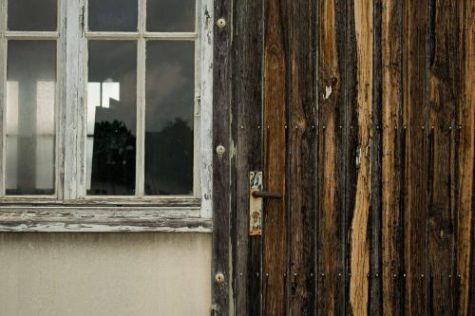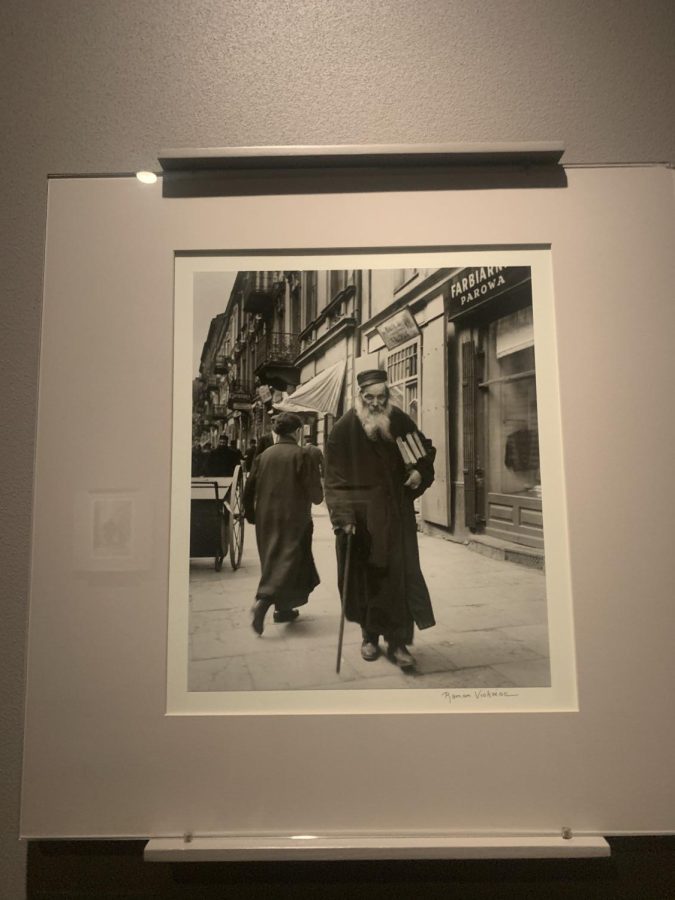
For the 3rd quarter, all Juniors studied Judaism and learned about the history behind the religion and the holidays and traditions that Jewish people participate in. Toward the end of the Judaism unit, all Juniors were required to visit the Holocaust Museum in Washington, D.C., and to write about what they saw. The Holocaust Museum details the story of the Holocaust and reveals the tragic details of the genocide that Jewish people experienced from Nazi Germany during World War II. In the Museum, multiple exhibitions discussed different aspects and ways of how the Holocaust was present in the lives of Jewish people and how it affected and impacted them. In this article, I will share the responses of students who went to the Holocaust museum and expressed their thoughts on what they saw.
“The Holocaust highlighted the vulnerability of Jews living as a minority group in European countries. At any time, the majority group could turn against them. The tragedy of the Holocaust supported the Zionist argument that the creation of a Jewish homeland provided Jews with a safe haven where they could pursue life without the fear of prejudice and discrimination. This exhibit makes me also reflect on my own vulnerability as an African-American in America and why it is important to advocate for laws and policies that protect the civil rights of minority groups.”- Danny Chung-A-Fung ’24
“The rescue of the Jews in Denmark is a remarkable story of human kindness, courage, and resilience. It shows that even in the darkest of times, there is always hope, and people can come together to make a difference. The Danes’ actions during World War II remind us that we must never forget the atrocities of the past, but we should also celebrate the triumphs of humanity over evil. Denmark stands as a shining example of what can be accomplished when people stand together against injustice and cruelty.”- Jack Nevela ’24
“America’s reluctance to join the war to protect themselves and their economy is the reason for millions of Jewish deaths. America could have saved millions of lives but did not out of fear for themselves. I realize now the selfishness that was displayed by America during the war, but more so that this selfishness is simply human nature, and billions have been culprits throughout history and today.”- Charlie Myers ’24
“I was also able to walk through Daniel’s Story and the Remember the Children exhibit. Walking through the child’s life made me feel so dejected it was hard to continue my day as I had planned. It was interesting to see the exhibit set up as a progression from Daniel’s normal, happy life in his home with his family into tight hallways, gray food, and yellow stars. I appreciated the interactive element to this exhibit as being able to hear and feel elements of children’s lives helped me to grasp the severity of their conditions. I think this exhibit was done well because of the letters from Daniel and the video at the entrance that is narrated from his point of view.”- Erin Booker, ’24

“The exhibit of the Ghettos explained how millions of Jews were taken from their homes, placed in these ‘ghettos,’ and walled in with bricks. These ghettos had poor living conditions, little rations, and were very unsanitary. As they grew in size, many Jews were taken to either concentration camps or were killed. Seeing the videos and photos taken within this section was haunting, and it was very hard to see all of the photos of those who had passed.”- Sebastian Cantarilho ’24
These in-depth reflections reveal how educational the Holocaust Museum is and how it evokes students to express themselves thoughtfully and honestly. The Holocaust museum instills a lasting impact on what individuals should know when learning about the Holocaust. It also makes us as humans recognize that all people should be treated with respect and dignity by others and treated as equal to everyone else. Treating others with equality and regard can teach others how not to be extremely discriminate against a specific group.



